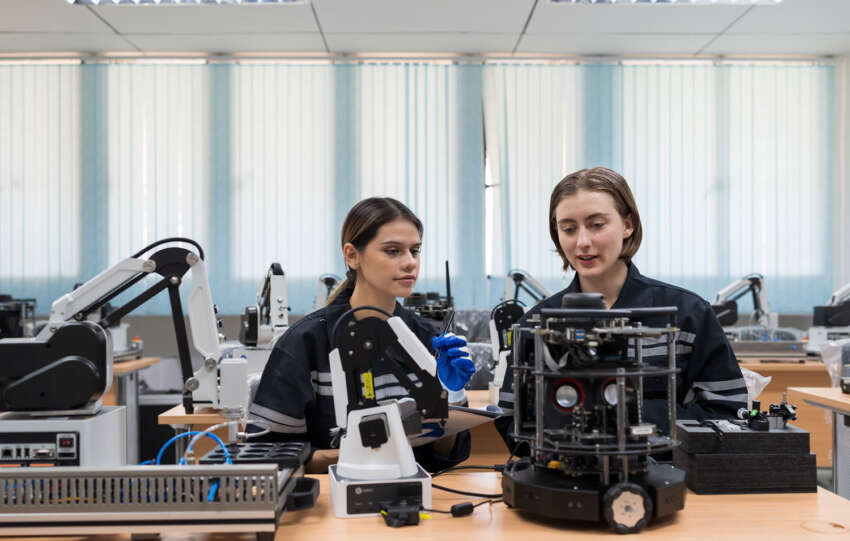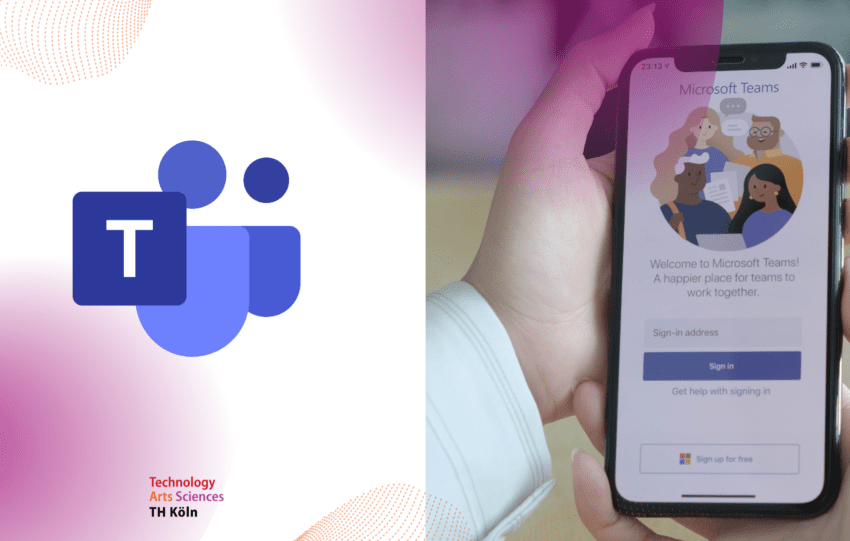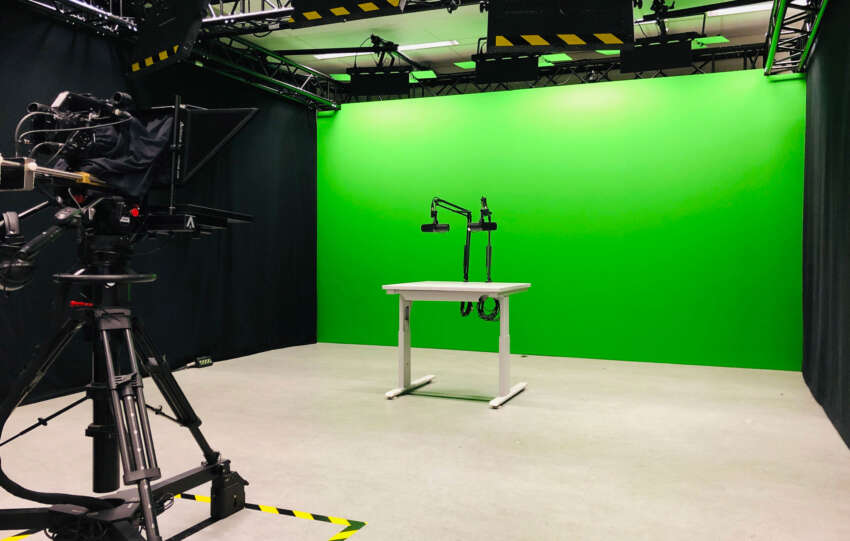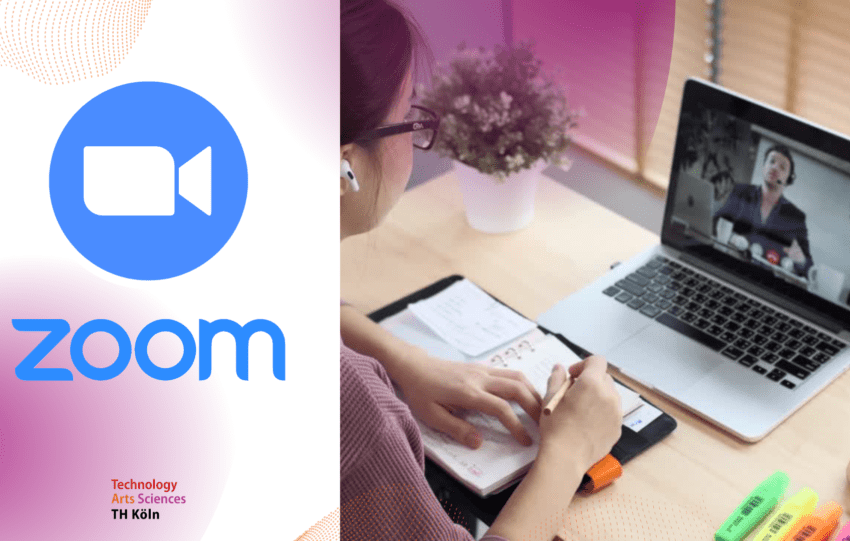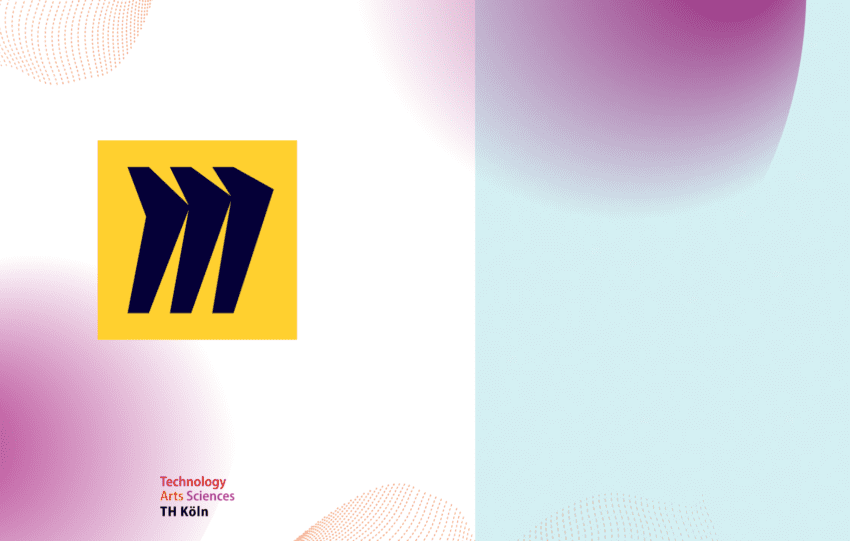
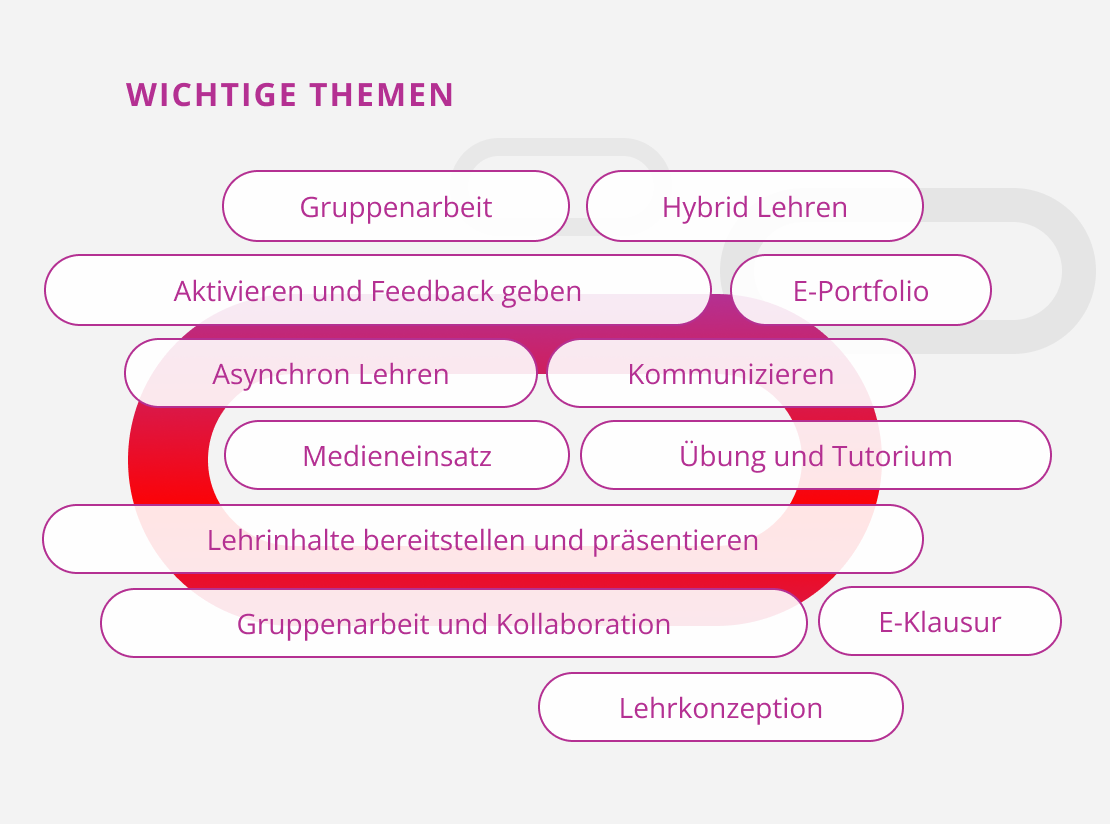
All Theories and Methods
Theories and methods will get you through your apprenticeship successfully. Here you will find articles that deal with getting started with the didactic and technical structure of university teaching. We will answer questions such as: How do I set up didactically good courses? What should be considered with interactive digital or hybrid courses?
Theories and Methods
Theories and methods will get you through your apprenticeship successfully. Here you will find articles that deal with getting started with the didactic and technical structure of university teaching. We will answer questions such as: How do I set up didactically good courses? What should be considered with interactive digital or hybrid courses?

On the virtual whiteboard Miro, you can work interactively and synchronously with your students, regardless of location. We will show you how to use the tool to combine media, collect ideas together and develop concepts.
Competence-oriented teaching focuses the entire learning process on guiding students in the actual application of their knowledge. Learning Outcomes are defined in such a way that, in addition to mere subject knowledge (knowing what), its application, further development, and use (knowing how) are also integrated into the teaching. From the beginning, fair and valid assessment…
Diversity and its appreciation are an essential part of the university’s self-image and thus also of the teaching and learning culture at the TH Köln. We accompany you on your way to a more diversity-conscious teaching and working environment.
With PowerPoint you can do more than just create and present slides. We will show you how you can use PowerPoint as a recording tool for instructional videos with a sound card, microphone, speakers and (if necessary) a webcam without any additional equipment.
Intuitive, contemporary and student-centric, the THspaces offer individual (digital) spaces for teaching, research and projects. Find out here how you can set up and adapt your spaces for exchange and collaboration thanks to the modular structure.
In research-based learning, students investigate subject-related research topics and gain insights that may also be relevant to others. Learn how to integrate research-based learning into your teaching in this post.
As in a virtual workspace, many teaching and learning settings can be mapped and (agile) projects managed in Microsoft Teams. Get an overview of Teams’ communication and collaboration options.
Moving images, if put together well, can often be timeless. Die Sendung mit der Maus (The Show with the Mouse) or Löwenzahn (Dandelion) have shown that videos also work very well when teaching skills. In this guide you will find out which possibilities you have for your own educational/instructional videos and why you—in part—already have…
Zoom has a wide range of features for interactive events in digital and hybrid teaching. We will show you how to use the video conferencing tool to plan and implement digital events, broadcast presentations, share content and work collaboratively online.






